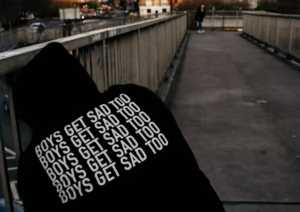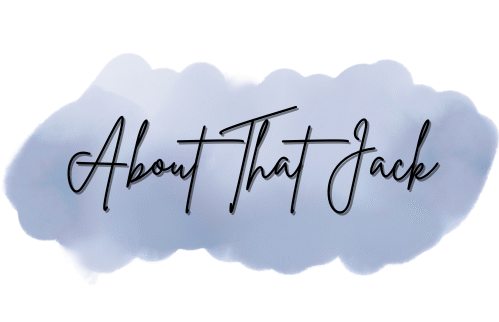
It’s said that about 71.4% of people with CPTSD have reported suicide attempts. Of those, 53.9% have made at least one attempt, 18.8% have been hospitalized, and 35.8% have attempted more than twice. (Source National Library of Medicine)
At one point in my life, I became part of those numbers.
I hit rock bottom. Felt hopeless, lost, and completely alone. I was misdiagnosed, and deep down, knew that what my therapist at the time was treating me for wasn’t actually what I was struggling with. I tried to speak up, but it didn’t matter. They knew better, or so they thought. And I was just the patient.
Here’s the truth: not every therapist is equipped to handle trauma. Some mean well, but good intentions without proper training can do more harm than good. If you’re dealing with trauma, finding a therapist trained specifically in trauma-informed care is essential. That distinction could be the difference between staying stuck and truly starting to heal.
The Day Everything Nearly Ended
My low self-esteem, my unprocessed trauma, and years of emotional exhaustion led me to a dark place where I genuinely saw no other way out. I remember taking pills, downing a bottle of vodka, and hoping I wouldn’t wake up the next day.
But I did.
Waking up came with an avalanche of guilt and shame. The thought that I could’ve hurt the people I loved in such a permanent way tore me apart. That was my wake-up call. I knew something had to change, not just for me, but for those I cared about.
So, I booked myself into an in-care clinic upstate. I told no one. I just disappeared for a few days. As an introvert, it wasn’t unusual for people to not hear from me for a while, so it went unnoticed.
Ironically, those few days in the clinic weren’t exactly healing. I felt trapped. More alone. But even though it didn’t help in the way I expected, it still gave me a moment to pause and breathe, a kind of emotional reset.
The Turning Point
The true shift came about six months later. My aunt and my father showed up for me in a way I’ll never forget. They had planned a vacation to Hawaii, but instead, they cancelled it and came to spend the week with me. I didn’t know at the time that their visit wasn’t just casual; it was intentional. They saw something in me, something that worried them, and they decided to act.
That week changed everything. Their presence, their love, and their silent support lit a tiny spark in me. It was then I decided to find a new therapist, one who actually understood trauma, and to finally give myself a real chance at healing.
Owning My Story
I’m no longer ashamed to say I once tried to end my life. That moment, while painful, is part of my story. It doesn’t define me, but it did change me. I never thought I’d be someone who would reach that point, but I was. And it’s made me more compassionate, more aware of the invisible battles people carry.
CPTSD is like being shaped by your trauma; it becomes woven into how you see yourself and the world. For a long time, I struggled to name my emotions, to feel anything at all, really. I felt numb. I carried a heavy load of shame and couldn’t understand why people saw me as strong or capable when all I saw was brokenness.
But healing isn’t about becoming someone new. It’s about remembering who you were before the trauma and learning to love that person again.
There Is Light
Living with CPTSD means I’ve operated by a completely different set of rules than most people. What others see as a baseline, for me getting out of bed, holding a conversation, and feeling safe in a relationship has often felt like climbing Everest. But the rules do change. With time, the world begins to look different.
You start seeing the glimmers.
You start catching yourself in moments of peace, of joy, of connection, and realizing you’re still here.
And that is something worth celebrating.
So if you’re reading this and you’re in that dark place, know this: You are not alone. You are not broken. And there is a way forward. Keep going. Your story isn’t over yet.
